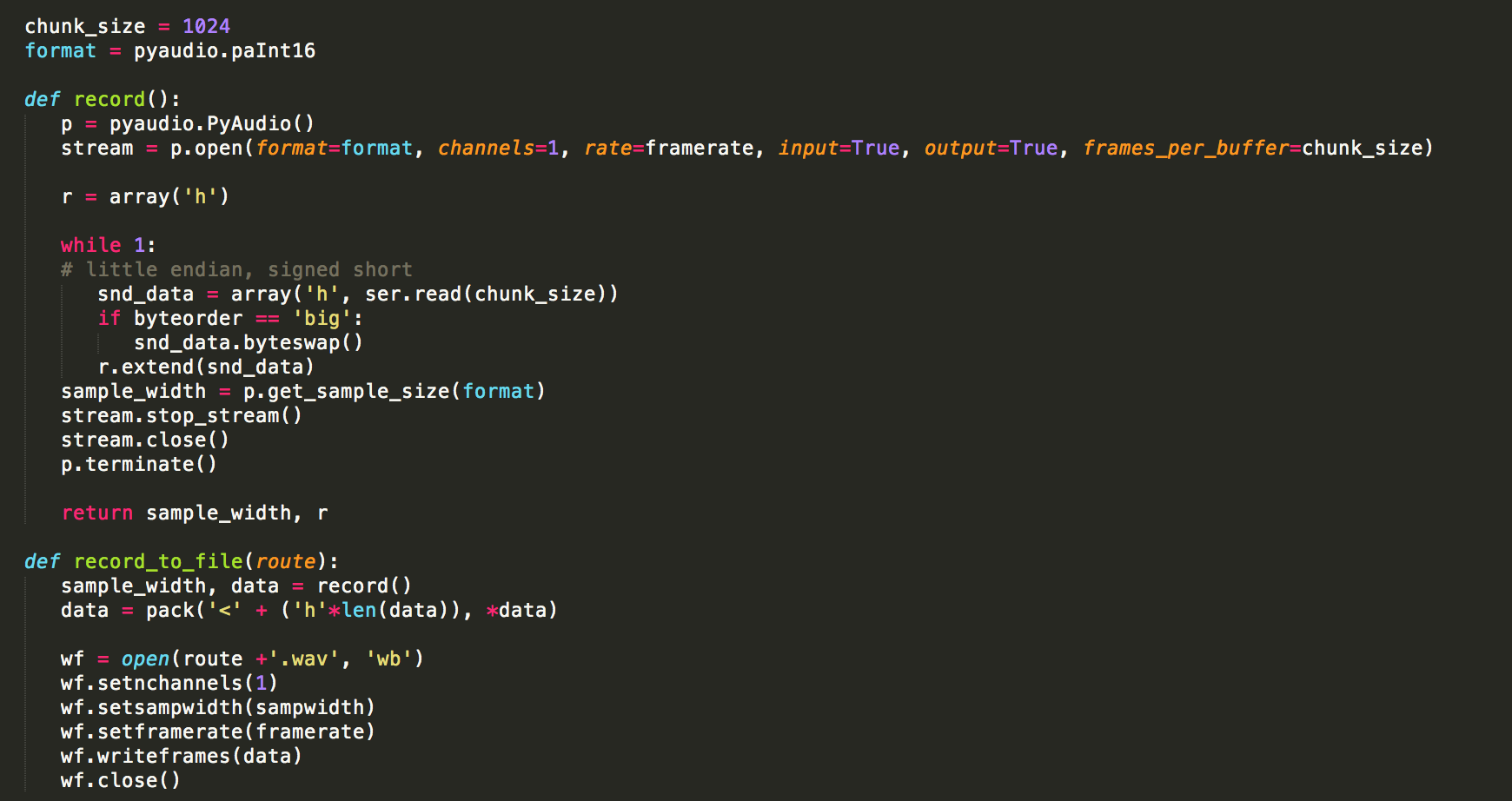Final Project:
A Listening Helmet
Leveraging the act of listening for new experiences and sounds.
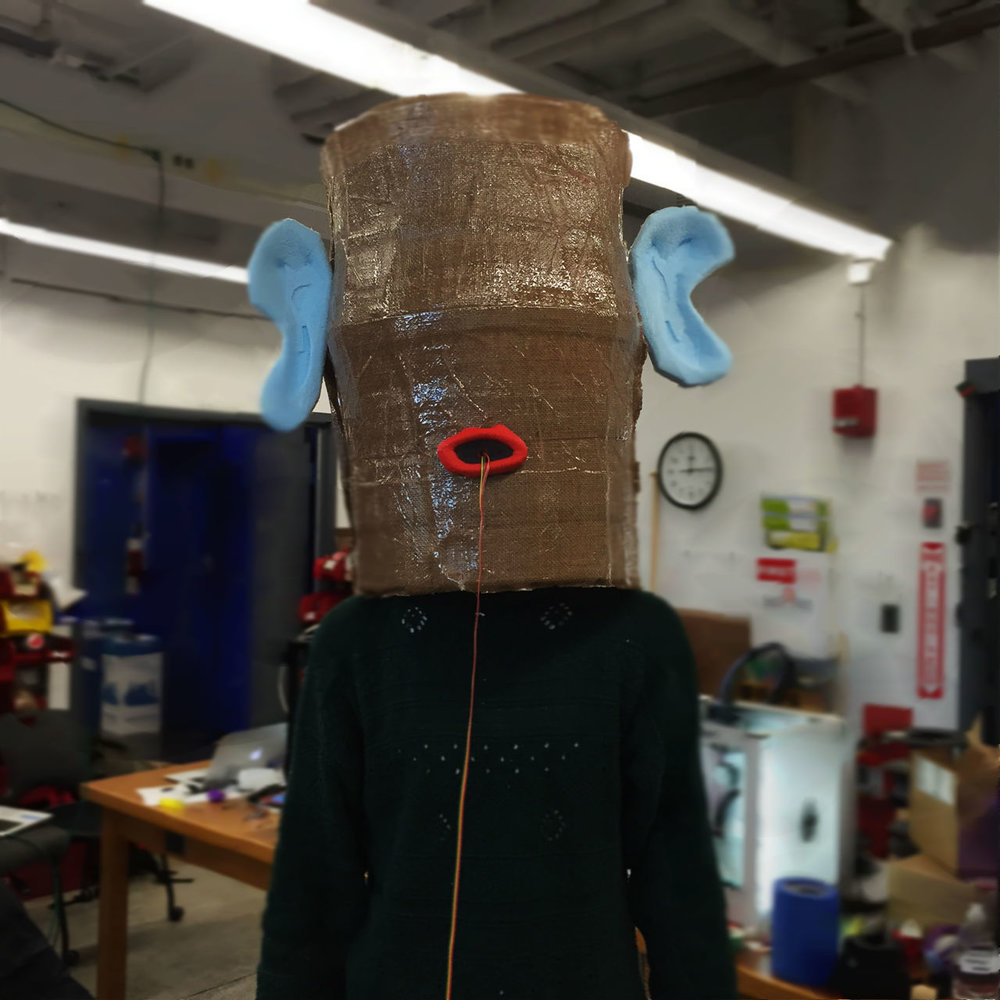
This device is intended to be worn by audience members at concerts or performances of all kinds. In addition to selectively eliminating vision, the inside of the helmet's lips record the sounds of the user's breathing as an alternative, listener-centric documentation for an event. These audio files are saved for future manipulation in compositions.
This project was certainly not what I had expected to make at the beginning of the semester, but I guess I rolled with it. The making process occurred in two directions: physical fabrication of the helmet, and electronics production.
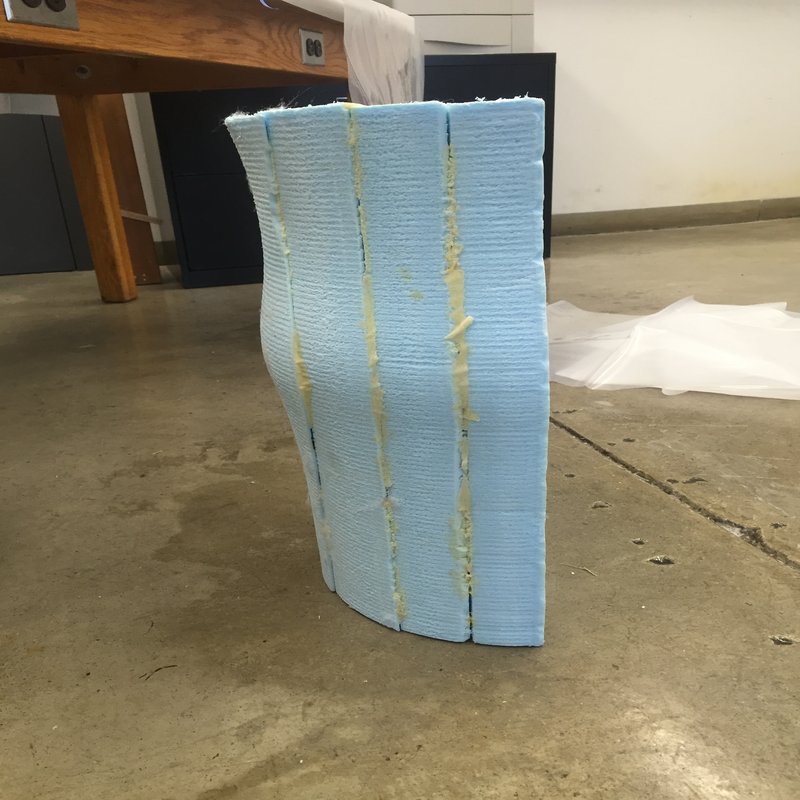
The body of the helmet is made of a burlap and epoxy composite, and the form was created by milling foam on the Shopbot. The design files are fairly simple and intended to be reminiscent the top of a bassoon's bell. Having never done wet lay-up composite-ing before, I wasn't thinking of how the two mirrored halves would end up fitting together. I would change the model to make the two resulting half-shells more complementary as I had difficulty getting them to fit together. On the note of post-processing, I found that if there was in fact leftover burlap, positioning it to harden at a 45 degree angle from the body made it easy to snap off given its relative thinness.
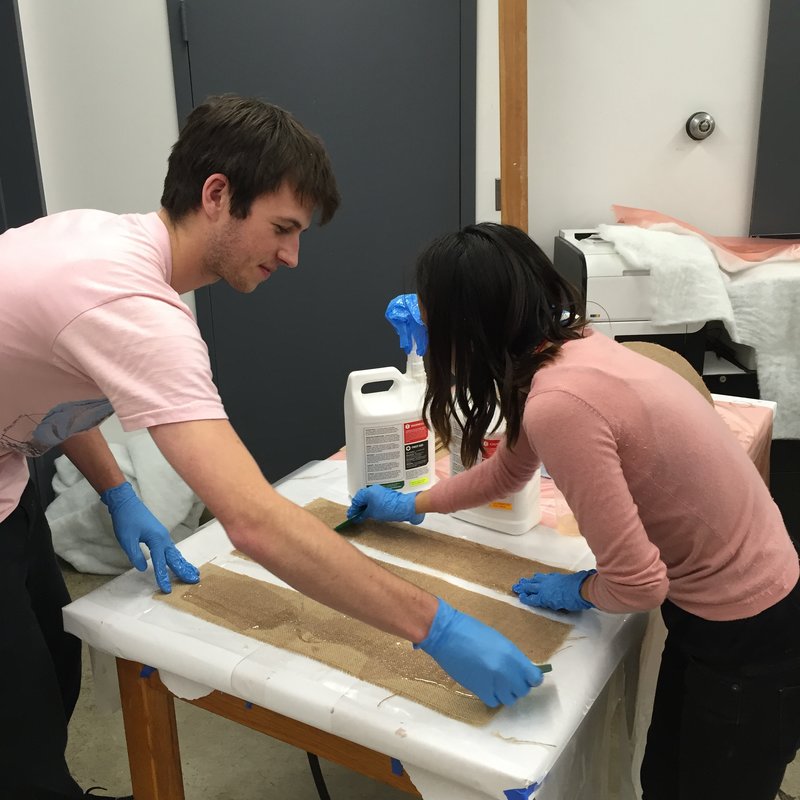
thanks to anjie for helping!
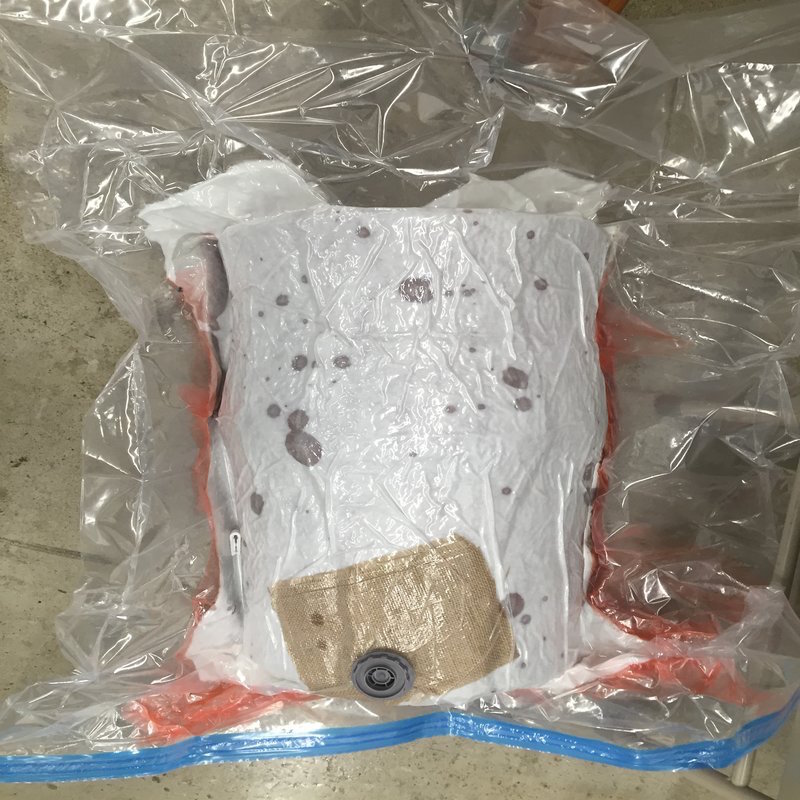
The lips were printed on an Ultimaker. The ears were milled from foam on the Shopbot. I've convinced myself the designs are sketchy on purpose.
--------------------------------
I've struggled with electronics this whole semester, so this part of the project was very challenging. I worked from the hello-board for the analog mic bt reconfigured it in order to situate the mic at the end of wires. (To do this I just soldered the 4 leads to four of the pads for a FTDI header which I included in Eagle.
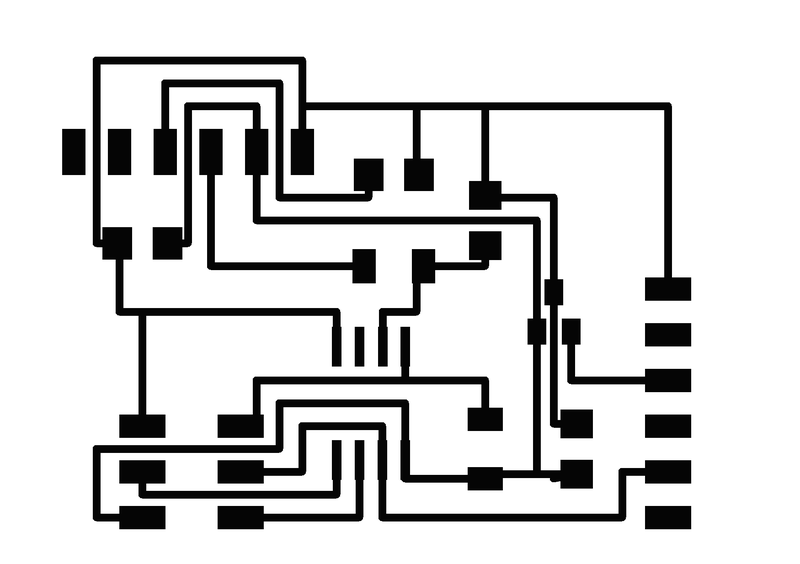
The mic works, as proven by its response in the Hello-analog mic python app. I tried to write additional python code to read the incoming serial data into a .wav audio file but I think I was unable to match sampling rate or general data structure. I tried instead to output a visualization using tk but ran out of time. I would like to be able to use the mic for its breath-recording purpose, so I'll try to figure out how to read from serial into .wav at some point.
